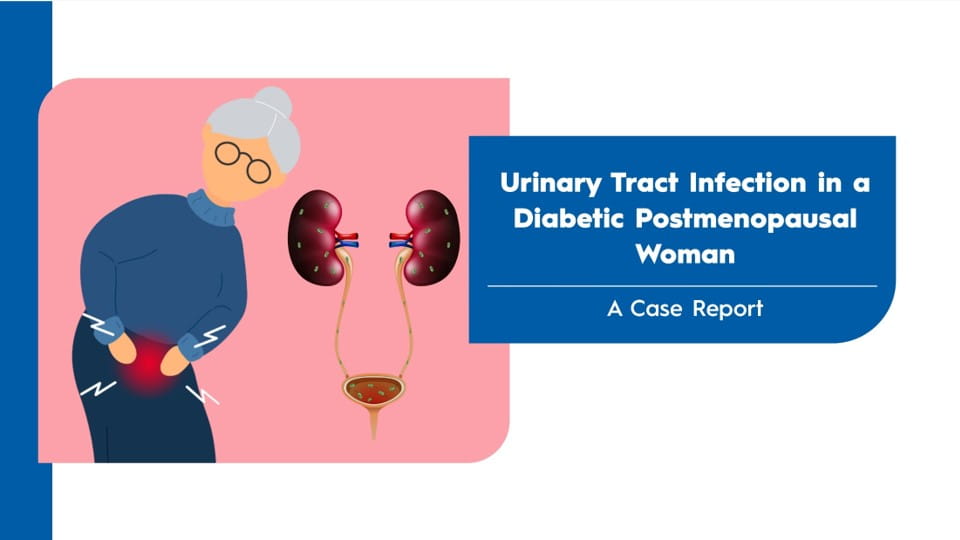ObesityWeek 2025: Highlights from Day 1
GLP-1 Receptor Agonist Outcomes, Safety, and BMI Change in a National Cohort of Dialysis Patients
Presenter: Babak J. Orandi
This national cohort study (2013–2021) evaluated the safety and efficacy of GLP-1 receptor agonists in 151,649 U.S. dialysis patients with type 2 diabetes.
GLP-1 use was linked to greater BMI and weight loss (−1.47 vs. −0.61 kg/m2; −4.03 vs −1.47 kg; p<0.001 for both), lower mortality [23% reduction; adjusted Hazard Ratio (aHR) 0.77; 95% CI: 0.70-0.85; P<0.001], and 66% higher chance of increased kidney transplant waitlisting (aHR 1.66; 95%CI:1.28-2.13; P<0.001) than non-users. However, it was associated with a higher risk of diabetic retinopathy (aHR 1.32, 95%CI:1.12-1.56; P=0.001), with no significant increase in other adverse outcomes. Findings were consistent across sensitivity analyses. This real-world data supports GLP-1 receptor agonist use in this population, highlighting both benefits and specific safety considerations.
Performance of a Machine-Learning Gene Risk Score on Semaglutide Response in Post-Bariatric Patients
Presenter: Dr. Jose Villamarin
This study assessed a machine-learning gene risk score calories to satiation (CTSGRS) to predict semaglutide response in 68 post-bariatric surgery patients.
Using Mayo Clinic Biobank data of 52619 patients, patients were stratified into “Hungry Gut Positive” (HG+, CTSGRS < 0.50) and “Hungry Gut Negative” (HG-; CTSGRS ≥ 0.50). Among 68 patients with previous metabolic and bariatric surgery, at 6 months, HG+ patients showed significantly greater total body weight loss (–10.0% vs –5.2%, p=0.05). The CTSGRS model predicted ≥10% weight loss with an AUC of 0.63. These findings suggest CTSGRS may help identify semaglutide responders post-MBS, offering a personalized approach to obesity treatment. Further prospective studies are needed to validate its clinical utility.
Azemiglitazone Potassium (0602K) Synergizes with Tirzepatide (TZP) to Remodel Muscle and Adipose
Presenter: Jerry R. Colca
Obesity, linked to insulin resistance, is treated effectively by GLP-1/GIP agonists like tirzepatide (TZP), though muscle loss and reliance on sustained weight loss limit long-term benefits. Azemiglitazone potassium (0602K), a second-generation insulin sensitizer targeting the mitochondrial pyruvate carrier, avoids PPARγ-related side effects.
In obese mice, combining 0602K with TZP preserved TZP-induced weight loss while enhancing adipose tissue browning and thermogenesis (UCP1 expression), and protecting skeletal muscle structure. 0602k alone increased muscle loss and Transcriptomic analysis revealed synergistic upregulation of muscle proteins including myosin and troponin was seen with the addition of 0602K with TZP. This combination therapy may improve metabolic outcomes and mitigate sarcopenia, potentially extending the utility of incretin-based weight loss treatments.
Half-frequency GLP1 De-escalation Maintains Weight and Metabolic Syndrome Improvements
Presenter: Mitch Biermann
GLP-1 therapy, though effective for obesity and metabolic syndrome, faces underutilization due to concerns over indefinite use and drug access.
This retrospective chart review evaluated a novel q2week maintenance dosing strategy involving de-escalation in 31 patients previously stabilized on weekly semaglutide or tirzepatide. After switching, patients maintained smaller significant weight loss of additional 1.3 kg (p<0.05) and metabolic improvements over 32 weeks. At baseline, 79% of patients had ≥1 comorbidities (T2DM, Dyslipidemia, Hypertension). Following weekly GLP-1 initiation, the prevalence of comorbidity decreased to 35%, and in Q2week dose, prevalence was 39%. Only 5 patients reverted to weekly dosing due to weight regain. These findings suggest q2week GLP-1 dosing retains benefits, reduces drug exposure and cost, and may improve patient adherence and supply efficiency.
HS235, A Novel Lean Mass-Preserving Treatment for Obesogenic HF with Preserved Ejection Fraction
Presenter: Gauthier Schang
Heart Failure with Preserved Ejection Fraction (HFpEF) is increasingly linked to obesity, skeletal muscle atrophy, and metabolic dysfunction. HS235 is a clinical-stage Activin receptor ectodomain-based Fc-fusion protein designed to selectively trap Activins and Growth Differentiation Factors (GDFs), sparing Bone Morphogenetic Proteins (BMP)-9 and -10. These targets belong to the Transforming Growth Factor-beta (TGF-β) superfamily and regulate body composition and metabolism.
In murine HFpEF models, HS235 improved cardiac function, reduced fat mass including pericardial fat mass, reduced HF markers, increased lean muscle, and restored exercise tolerance. Combined with Glucagon-Like Peptide-1 Receptor Agonist (GLP-1RA), HS235 enhanced fat-selective weight loss by 40–50% without lean muscle loss.
Weight Loss Outcomes in Weight-Reduced Patients Treated With Tirzepatide
Presenter: Ariel Gonzalez
This retrospective cohort study evaluated 6-month weight loss outcomes in 293 adults with overweight or obesity treated with tirzepatide. Patients were categorized as weight-reduced if they had lost ≥10% of their body weight prior to tirzepatide treatment.
Weight-reduced patients (n=133) lost an additional 7.2% vs 10.3% in non-weight-reduced (n=160) patients (p<0.001). A positive correlation was found between prior weight loss and reduced subsequent weight loss (r=0.2; p<0.001). Despite lower efficacy, tirzepatide provided meaningful weight loss in weight-reduced individuals, highlighting its utility across different stages of weight management.
Changes in Body Composition Among Youth Receiving Pharmacologic vs. Lifestyle Treatment for Obesity
Presenter: Jean A. Welsh
This retrospective cohort study analyzed body composition changes in 282 children treated for obesity with either lifestyle therapy (n=207) or pharmacotherapy (n=75). Mean age was 12.4 years; 56% were female and 48.2% Black.
At 6 months, Both groups showed significant BMI percentile of 95th percentile reductions: lifestyle −1.7% (SD=4.6), pharmacotherapy −1.4% (SD=4.5). Lean body mass increased: lifestyle +4.0% (SD=5.3), pharmacotherapy +3.1% (SD=5.5); skeletal muscle mass also rose: lifestyle +4.6% (SD=7.1), pharmacotherapy +3.0% (SD=5.5). No significant differences in body composition were found between groups. These findings suggest pharmacotherapy does not adversely affect lean mass, supporting its role alongside lifestyle therapy in pediatric obesity management.
ObesityWeek 2025, 4th – 7th Nov 2025, Atlanta, GA.




